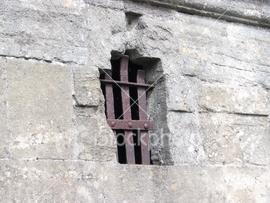 History
HistoryEarliest Times:
|
Laws of King Aethelberht (circa A.D. 600) gave no special allowances for the age of the offender. |
|
|
Children as young as six and eight were being hung, burned at the stake, and imprisoned alongside adults. |
|
|
There was little distinction between criminality, delinquency or any other kinds of undesirable behavior. People with epilepsy, insanity, retardation, and poverty were all placed in the same institution with juveniles and adult offenders. |
|
|
Delinquency = Juvenile actions or conduct in violation of criminal law, status offenses, and other misbehavior. |
|
|
Romans developed the legal principle of parens patriae. |
|
|
Parens Patriae = A law that allows the state to assume a parental role and to take custody of a child when he or she becomes delinquent, is abandoned, or is in need of care that the natural parents are unable or unwilling to provide. |
|
|
By the middle ages the English law held that children under the age of seven had not reached the age of reason and could not be held responsible for their actions. Juveniles ages 7 to 14 were only tried as adults if they demonstrated that they fully understood the nature of their criminal act. Adulthood was considered to begin at age 14. |
Juveniles in Early America
The Institutional Era